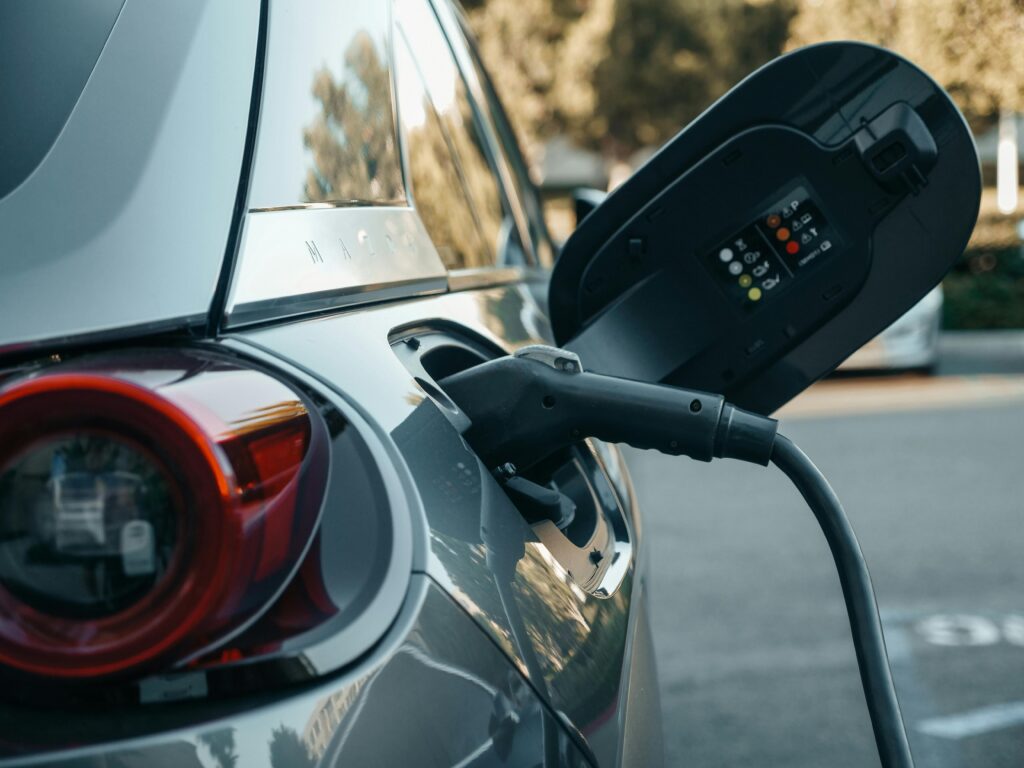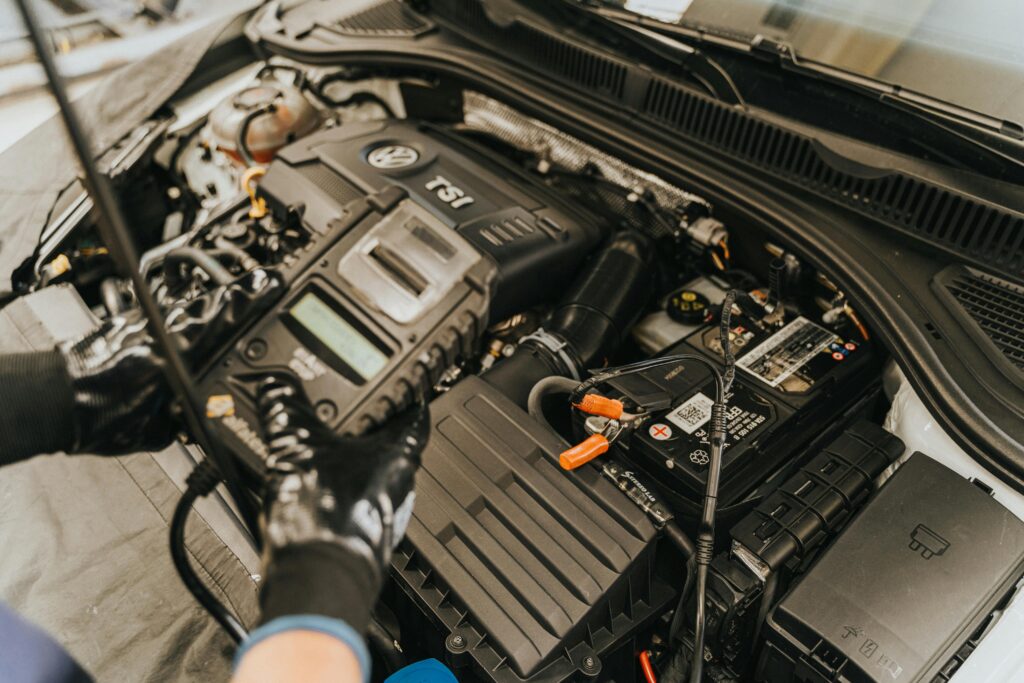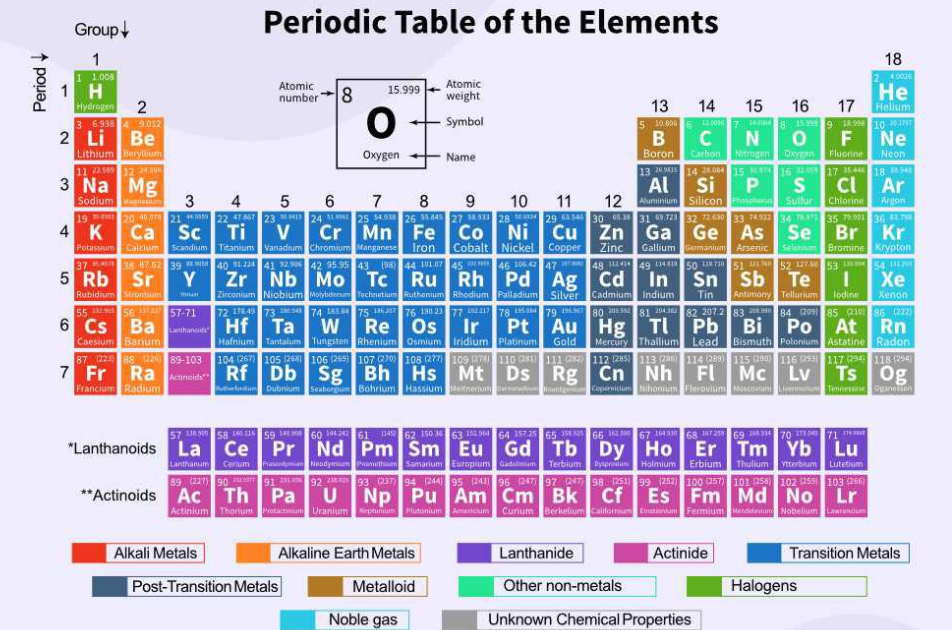Introduction
Battery Recycling Revolution Batteries are at the heart of the global transition to green energy. From powering electric vehicles (EVs) to storing renewable energy, they’re indispensable. But this growing reliance comes with a challenge—what happens when batteries reach the end of their life? This is where the battery recycling revolution steps in, driven by advanced materials that ensure a greener, more sustainable future.
The Growing Demand for Batteries

The Rise of Electric Vehicles (EVs)
Electric vehicles are transforming transportation, reducing carbon emissions, and driving massive demand for batteries. By 2030, EV sales are expected to account for over half of all new car sales worldwide.
Increased Reliance on Renewable Energy Storage
Renewable energy sources like solar and wind require efficient storage systems, further pushing battery demand. Without proper recycling, this surge could lead to resource depletion.
Proliferation of Consumer Electronics
Every smartphone, laptop, and wearable device relies on rechargeable batteries. As technology evolves, so does the need for sustainable solutions to manage electronic waste.
Challenges in Battery Recycling
Limited Infrastructure for Recycling
Many countries lack adequate facilities to handle the growing volume of spent batteries. This creates bottlenecks in recycling efforts.
Complexity of Battery Materials
Modern batteries use a mix of materials like lithium, cobalt, and nickel. Their extraction and separation are technically challenging.
Environmental Hazards of Improper Disposal
Improper disposal of batteries can lead to soil and water contamination, posing serious environmental and health risks.
Advanced Materials: The Game Changers

Overview of Innovative Materials
Advanced materials like solid-state electrolytes and lithium-sulfur compounds are revolutionizing battery technology. These materials also simplify recycling by enabling efficient recovery.
Importance of Material Recovery in Battery Efficiency
Recovering high-value materials like lithium and cobalt reduces the need for mining, promoting sustainability.
Lithium Recycling
Why Lithium Is Crucial
Lithium is a cornerstone of modern batteries due to its high energy density. Recycling lithium ensures a steady supply while reducing environmental impact.
Challenges in Recovering Lithium
Lithium recovery is energy-intensive and costly. However, innovations in hydrometallurgy are making the process more feasible.
Emerging Technologies for Lithium Recycling
Technologies like direct lithium extraction (DLE) are game changers, improving recovery rates and reducing costs.
Cobalt and Nickel Recovery
Scarcity of Cobalt and Nickel
These metals are not only rare but also heavily mined in regions with ethical concerns. Recycling provides an alternative source.
Economic and Environmental Impact of Recycling
Recovering cobalt and nickel reduces dependence on mining, slashes costs, and minimizes ecological damage.
Solid-State Batteries and Their Potential
How Solid-State Batteries Simplify Recycling
Unlike traditional batteries, solid-state versions have fewer complex components, making them easier to recycle.
Advantages of Solid-State Materials
Solid-state batteries are safer, more efficient, and have a lower environmental footprint.
Innovations Driving Battery Recycling
Pyrometallurgy vs. Hydrometallurgy
Pyrometallurgy uses high heat to extract metals, while hydrometallurgy employs chemical solutions. Both have pros and cons in battery recycling.
Role of AI and Automation in Recycling
Artificial intelligence streamlines sorting and extraction, boosting recycling efficiency and accuracy.
Closed-Loop Battery Manufacturing
This approach ensures materials from old batteries are reused to make new ones, creating a sustainable cycle.
Companies Leading the Charge
Profiles of Key Players in Battery Recycling
Companies like Li-Cycle and Redwood Materials are at the forefront, developing innovative recycling methods.
Startups Making a Difference
Startups are bringing fresh ideas to the table, accelerating the adoption of advanced recycling technologies.
READ MORE: Battery Innovation
Government Policies and Incentives
Regulations Shaping the Industry
Governments worldwide are introducing policies to encourage recycling, such as extended producer responsibility (EPR) laws.
Incentives for Recycling Adoption
Tax benefits and subsidies for recycling initiatives motivate industries to adopt greener practices.
Benefits of Battery Recycling
Reducing Dependence on Mining
Recycling diminishes the need for new mining operations, conserving natural resources.
Environmental Benefits
It prevents harmful materials from entering ecosystems, safeguarding the planet.
Cost-Effectiveness
Recycling reduces manufacturing costs, making batteries more affordable in the long run.
Global Success Stories
Battery Recycling Initiatives in Europe
The EU has set ambitious targets for battery recycling, with countries like Germany leading the charge.
Successes in North America
The US and Canada are ramping up recycling efforts through public-private partnerships.
Asia’s Contribution to Battery Recycling
China and Japan are investing heavily in recycling infrastructure to manage their growing battery waste.
Consumer Awareness and Role

Importance of Responsible Disposal
Consumers play a vital role by disposing of batteries properly and supporting recycling programs.
How Consumers Can Contribute
Simple actions like using designated drop-off points and purchasing products from sustainable brands make a difference.
Conclusion
Battery recycling is not just a necessity; it’s a revolution. Advanced materials and innovative technologies are transforming how we manage battery waste, paving the way for a greener future. By embracing recycling, we reduce environmental harm, conserve resources, and create a sustainable ecosystem for the generations to come.











